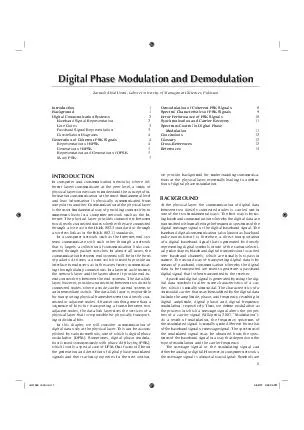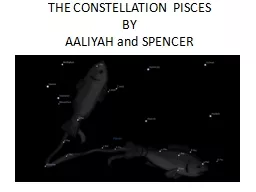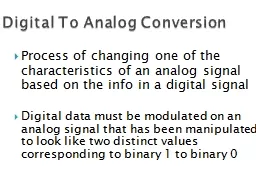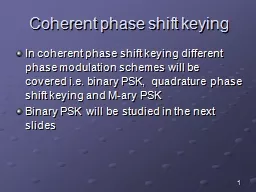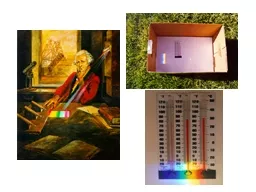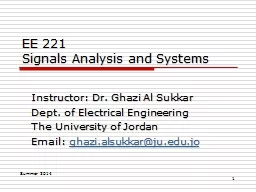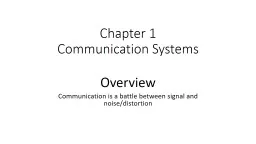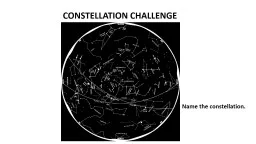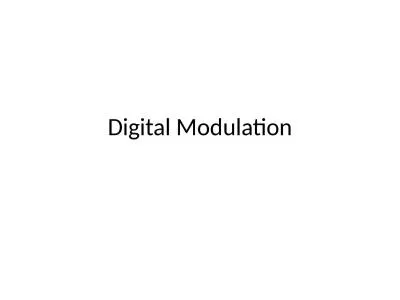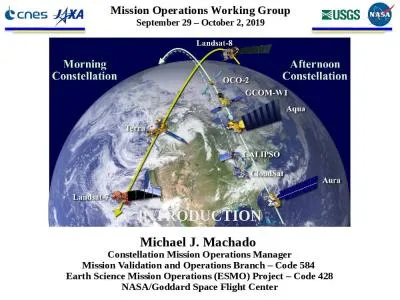PDF-Introduction Background Digital Communication Systems Baseband Signal Representation
Author : calandra-battersby | Published Date : 2014-12-13
Communication at the physical layer is the most fundamental way of providing connectivity to numerous hosts in a computer network such as the In ternet The physical
Presentation Embed Code
Download Presentation
Download Presentation The PPT/PDF document "Introduction Background Digital Communic..." is the property of its rightful owner. Permission is granted to download and print the materials on this website for personal, non-commercial use only, and to display it on your personal computer provided you do not modify the materials and that you retain all copyright notices contained in the materials. By downloading content from our website, you accept the terms of this agreement.
Introduction Background Digital Communication Systems Baseband Signal Representation : Transcript
Download Rules Of Document
"Introduction Background Digital Communication Systems Baseband Signal Representation "The content belongs to its owner. You may download and print it for personal use, without modification, and keep all copyright notices. By downloading, you agree to these terms.
Related Documents

